Wondering about the best time to visit Madrid? Learn about the Spanish capital’s weather, seasons, and top events to plan the perfect trip to Spain.

Living in Barcelona, I’ve taken countless trips to Madrid and have experienced its charm in every season. The Spanish capital has something special to offer year-round, but depending on your preferences, some months might suit your trip better than others.
From sun-soaked summer days to crisp winter nights filled with festive cheer, Madrid is a city that’s always worth visiting. Here’s my guide to help you decide the best time to experience this incredible city.
Jump to:
When is the best time to visit Madrid, Spain?
In my opinion, fall is the perfect time to visit Madrid, Spain. The city sees fewer tourists, the days remain pleasantly warm while the nights carry a refreshing crispness, and the vibrant fall foliage creates a truly stunning backdrop.
Spring in Madrid
Why Spring is the Best Time to Visit Madrid
Spring, particularly between March and May, is one of the most beautiful times to explore Madrid. The weather is mild, with daytime temperatures ranging from 15°C to 25°C (59°F to 77°F). The city comes alive with blooming flowers, and outdoor terraces are bustling with locals and tourists alike.
Key Events in Spring
- San Isidro Festival: Taking place in May, this event celebrates Madrid’s patron saint with parades, traditional music, and plenty of Spanish cuisine.
- Easter (Semana Santa): A must-see if you’re visiting during April, with grand processions and cultural experiences throughout the city.
Tips for Spring Travelers
Pack a light jacket and comfortable walking shoes, as the weather can shift between sunny and cool. This season is perfect for enjoying Madrid’s parks, like Retiro Park, or exploring outdoor attractions like Plaza Mayor.
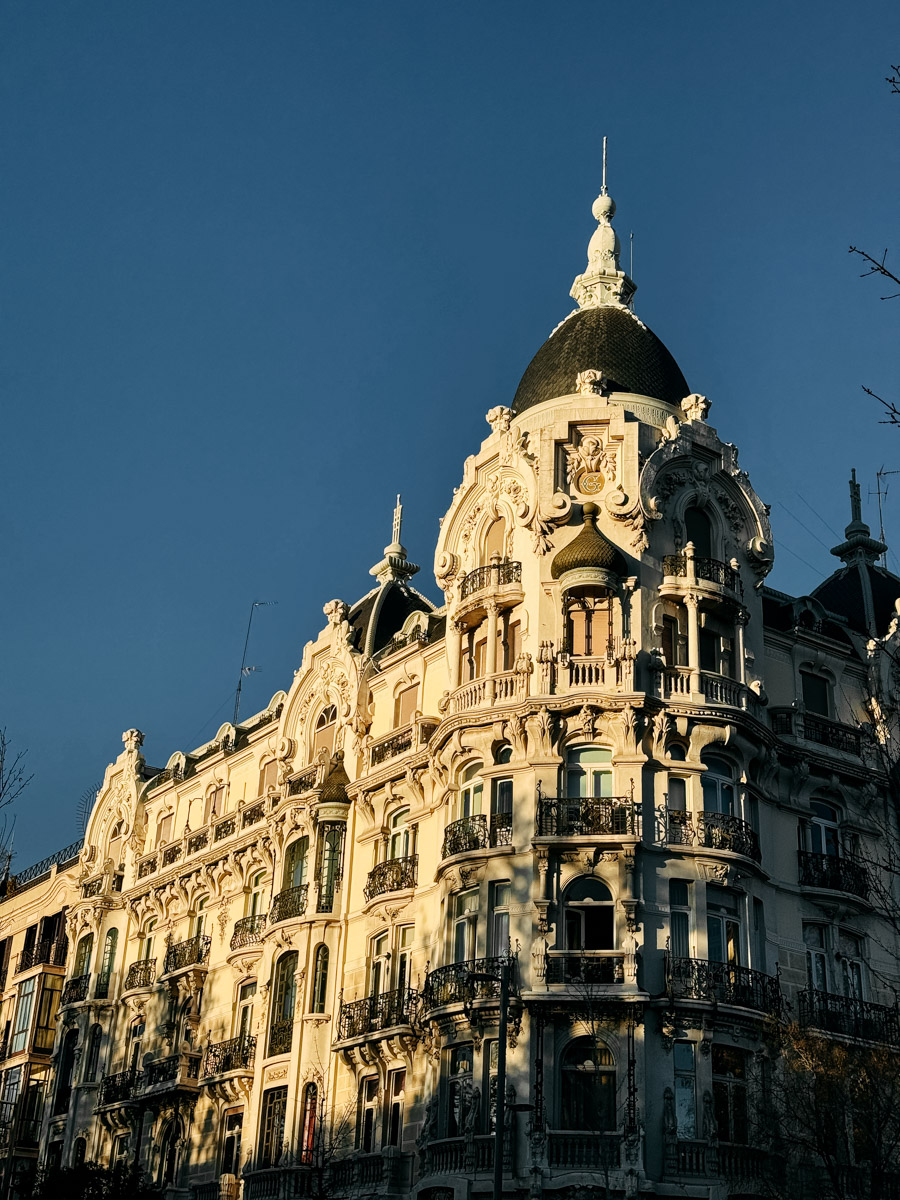
Summer in Madrid
What to Expect During Madrid’s Summer
Summer in Madrid, from June to August, is hot and vibrant. Temperatures often soar above 30°C (86°F), and the days are long, with sunlight lasting well into the evening. While the heat can be intense, it’s also a great time for outdoor dining and exploring the city’s nightlife.
Top Summer Activities
- Veranos de la Villa: This cultural festival takes place across various locations in the city and includes concerts, theater performances, and film screenings.
- Escape to Nearby Destinations: If the heat gets too much, consider day trips to nearby spots like Toledo or Segovia.
Tips for Summer Travelers
Stay hydrated, wear sunscreen, and plan indoor activities during the hottest part of the day. Madrid’s rooftop bars, such as Azotea del Círculo, are perfect for enjoying the summer evenings.
Fall in Madrid
Why Fall is a Great Time to Visit Madrid
Autumn, from September to November, is another ideal season to visit Madrid. The weather is cooler than summer but still pleasant, ranging from 10°C to 25°C (50°F to 77°F). The city is less crowded, making it a perfect time for sightseeing.
I personally really liked fall in Madrid. I thought that the weather was not too cold and the leaves were changing which was very nice to see.

Seasonal Highlights
- Madrid Fashion Week: A major event for fashion enthusiasts, showcasing the latest Spanish trends.
- Gastronomy Season: Fall is perfect for savoring seasonal Spanish dishes like cocido madrileño (a hearty stew).
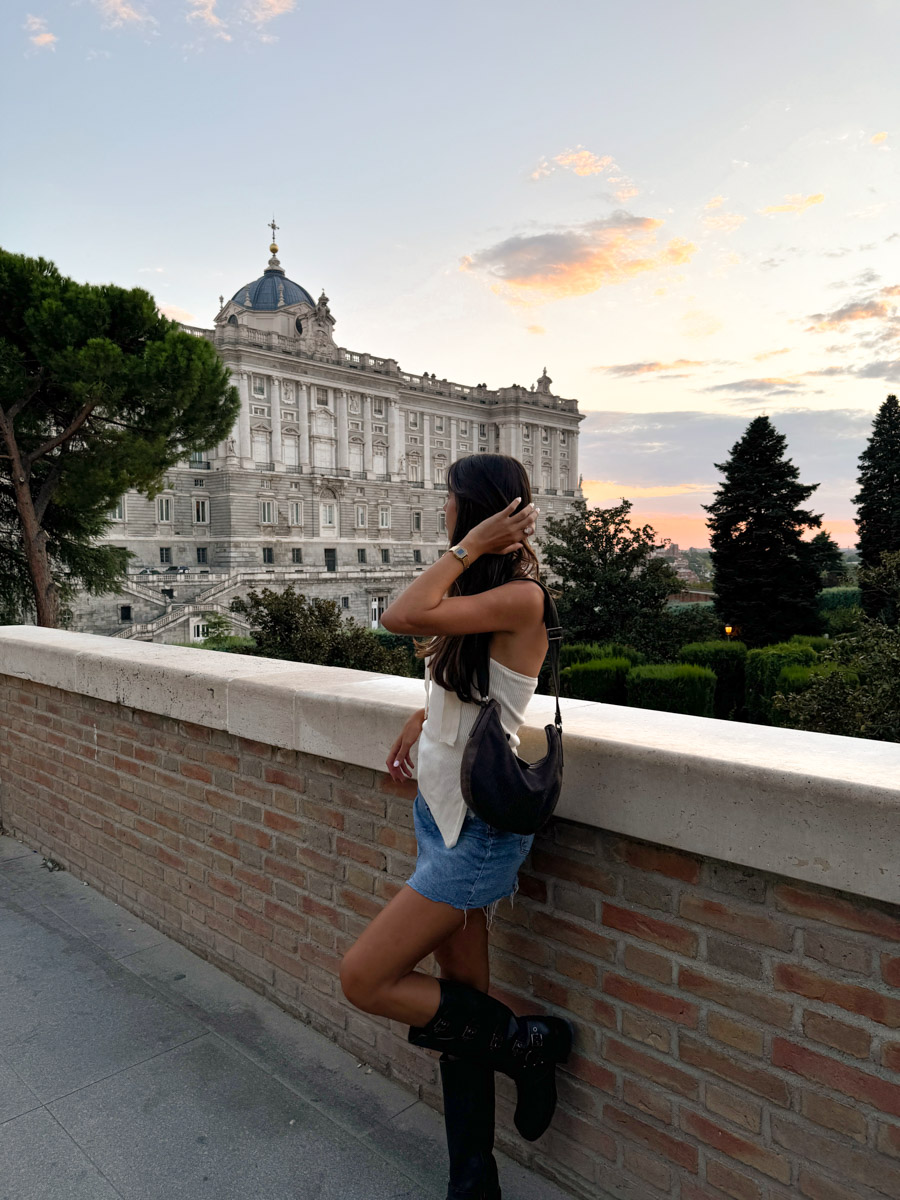
Tips for Fall Travelers
Bring layers, as mornings and evenings can be chilly. This is a great time to visit museums like the Prado or Reina Sofía, as the crowds tend to be smaller.
Winter in Madrid
Experiencing Madrid in Winter
Winter in Madrid, from December to February, offers a unique charm. The weather is cold but rarely freezing, with temperatures hovering between 2°C and 12°C (36°F to 54°F). The city’s festive atmosphere makes it a magical place to visit during the holiday season.
In my experience, winters in Madrid are relatively mild compared to other European countries. While a coat is certainly necessary, snow is rare, so don't expect a winter wonderland.
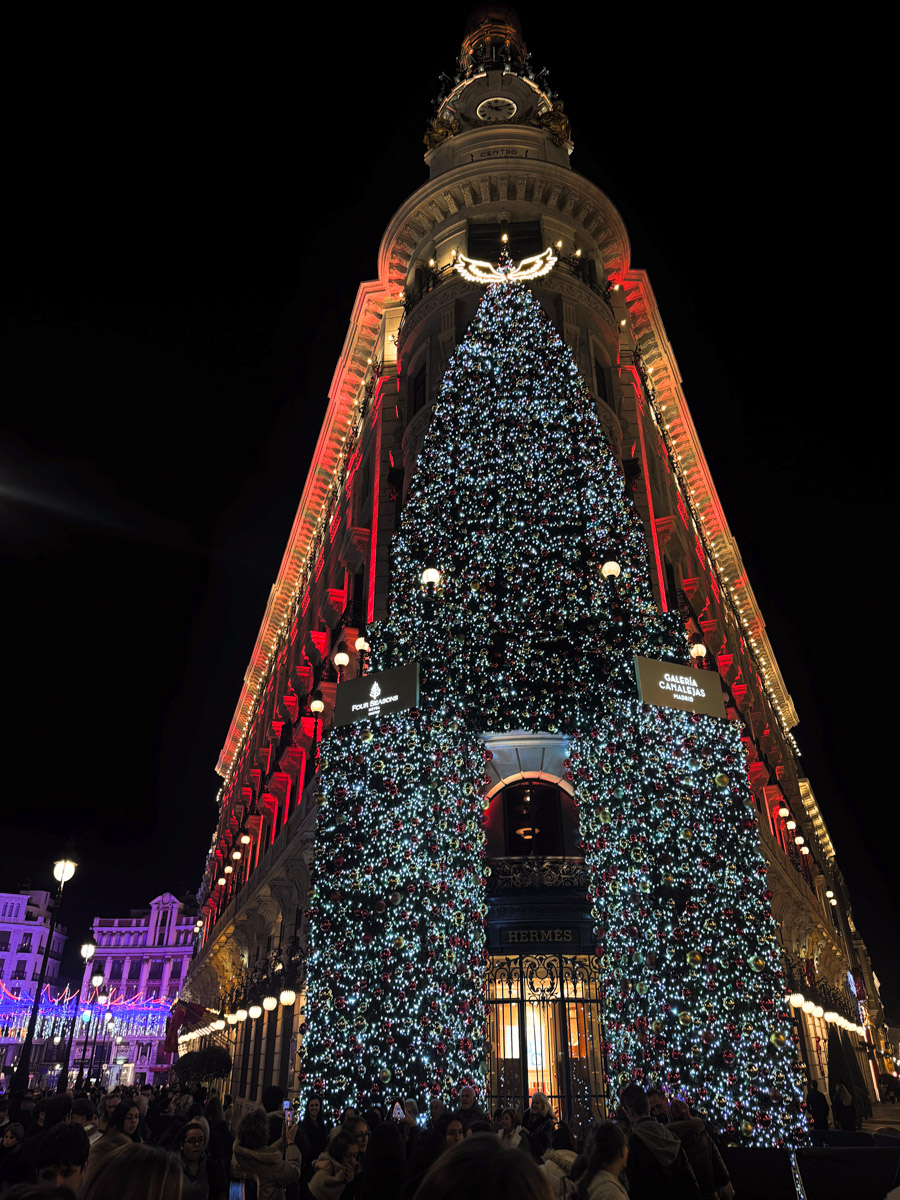
Winter Highlights
- Christmas Markets: The Plaza Mayor Christmas market is a must-see, filled with traditional Spanish gifts and food.
- New Year’s Eve at Puerta del Sol: Join locals in eating 12 grapes at the stroke of midnight—a unique Spanish tradition.
- Three Kings Day Parade: Taking place in early January, this event marks the end of the holiday season with colorful floats and festivities.
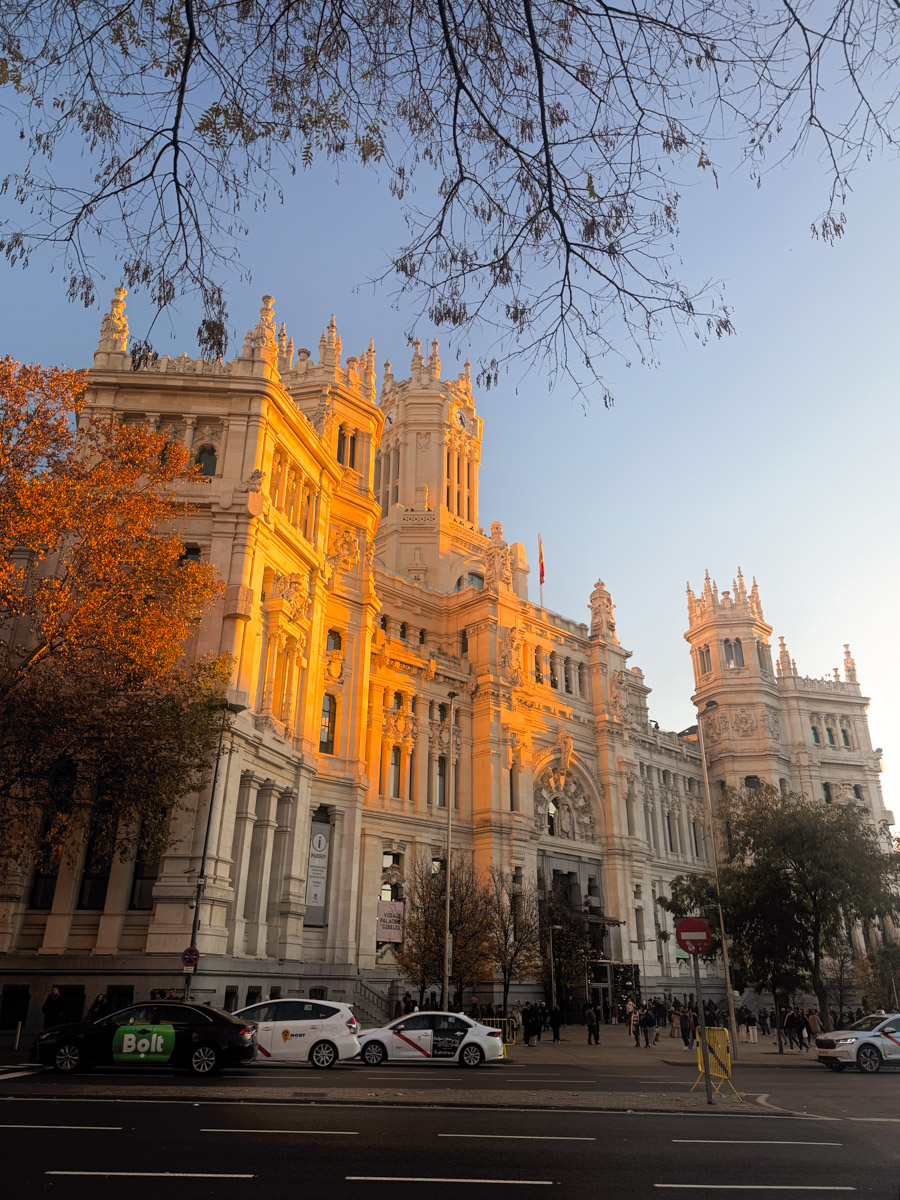
Tips for Winter Travelers
Pack warm clothing and enjoy cozy indoor spots like traditional chocolaterías (chocolate cafes). Don’t miss churros with hot chocolate at San Ginés.
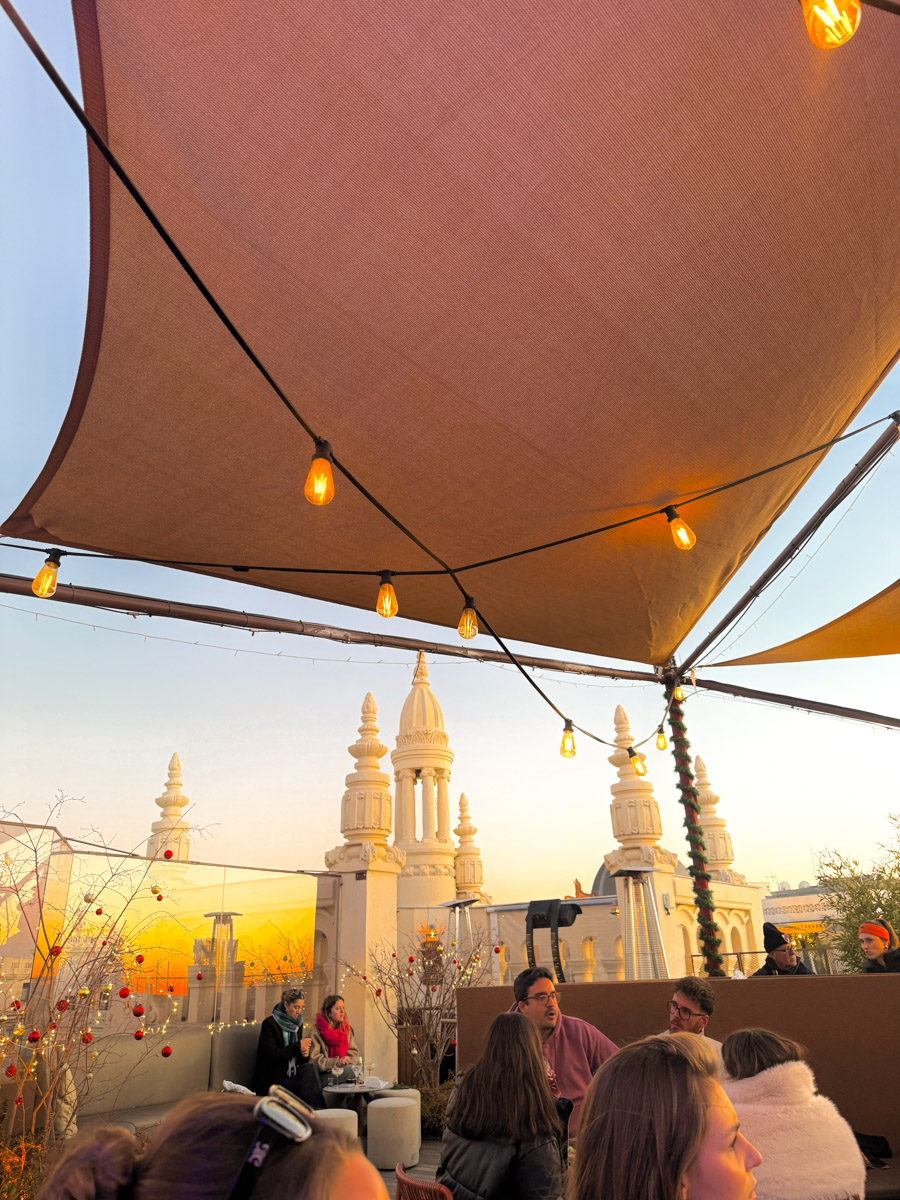
The Best Months to Visit Madrid Based on Weather and Events
March to May: Mild Weather and Festivals
Spring is ideal for pleasant weather and cultural events like the San Isidro Festival.
June to August: Summer Festivities and Long Days
While hot, summer offers exciting events and vibrant nightlife.
September to November: Comfortable Weather and Culinary Delights
Fall is perfect for food lovers and those seeking fewer crowds.
December to February: Festive Celebrations and Cozy Experiences
Winter brings holiday magic and unique Spanish traditions.
Insider Tips for Planning Your Trip to Madrid
- Book Early: Madrid is a popular destination, so plan your accommodations and tours well in advance, especially during peak seasons.
- Embrace Siesta Time: Many shops and restaurants close in the afternoon, so plan activities accordingly.
- Public Transport: Madrid’s metro system is efficient and an excellent way to get around the city.
- Explore Beyond the City: Take a day tour to nearby UNESCO World Heritage sites like Ávila and Salamanca.
FAQ'S
The best month to visit Madrid is May, when the weather is mild, and the city hosts the lively San Isidro Festival.
Any spring month, especially October or May, is ideal for pleasant weather and cultural events.
Three to four days are enough to explore Madrid’s main attractions and enjoy its vibrant atmosphere.
The off-season in Madrid is typically from November to February, excluding the holiday weeks.
January is often the cheapest month to visit Spain, with lower flight and accommodation costs.
Real Madrid's worst season is often debated, but the 1999-2000 season stands out for finishing fifth in La Liga, missing Champions League qualification.
No matter the time of year, Madrid is a city that guarantees an unforgettable experience. Each season brings its own charm, from spring’s blooming parks to winter’s festive celebrations.
As someone who loves traveling to the Spanish capital, I recommend choosing a season that aligns with your interests and making the most of this incredible city. Whether you’re strolling through Retiro Park in spring, enjoying rooftop views in summer, or indulging in holiday treats during winter, Madrid will capture your heart.



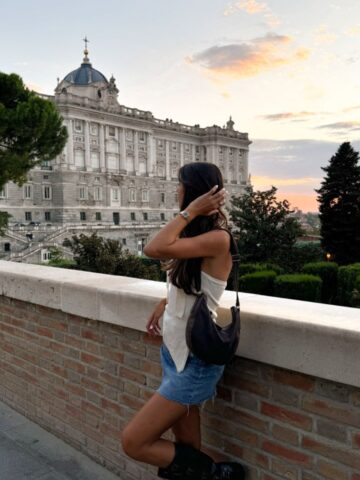
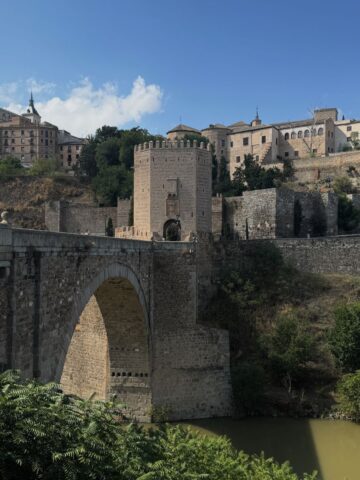

Leave a Reply